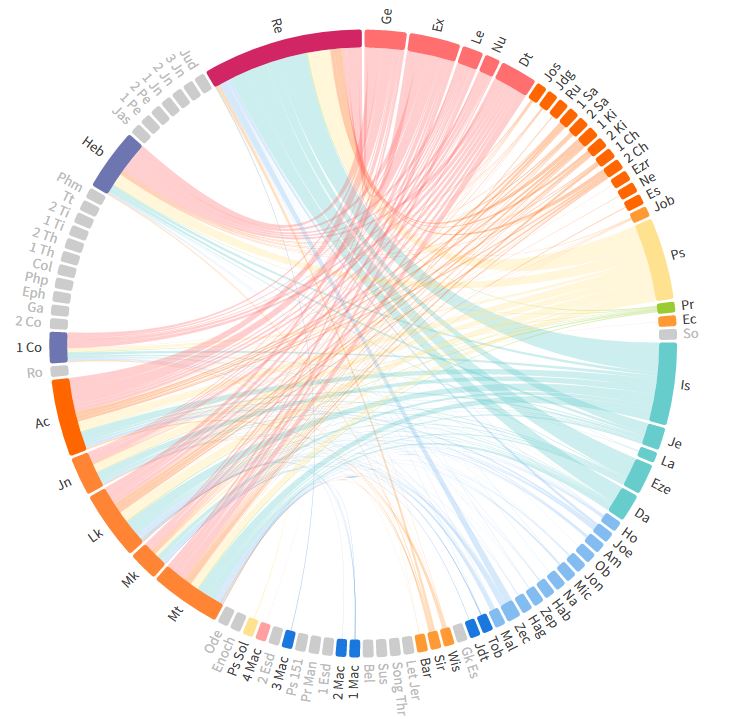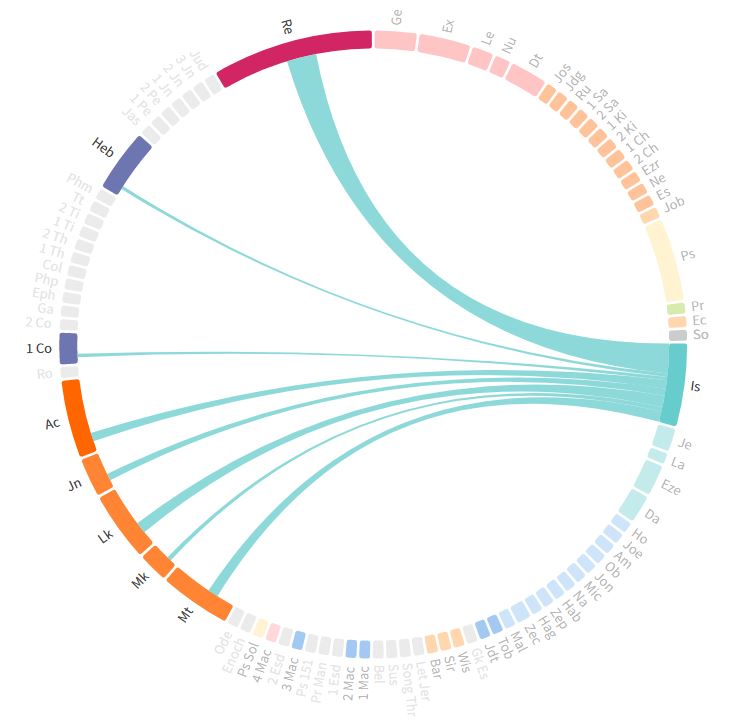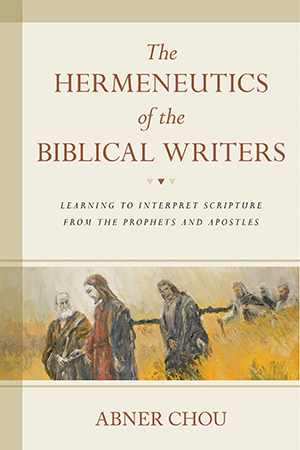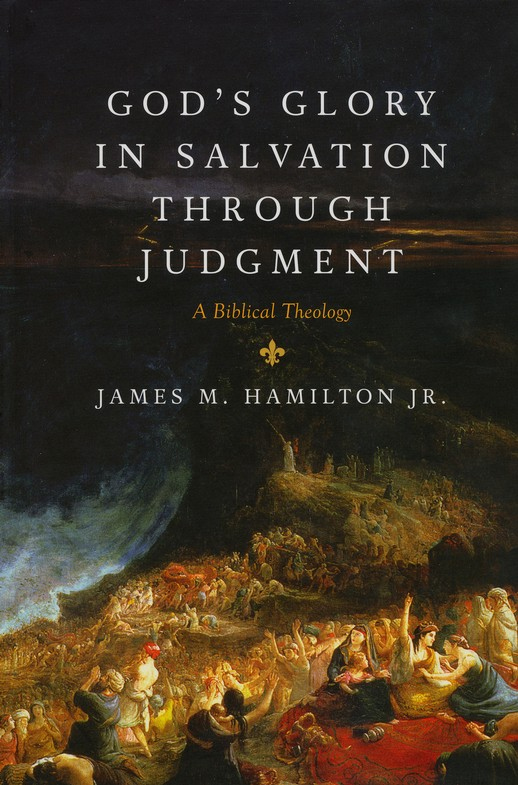While reading through The Hermeneutics of the Biblical Writers again, I noted various points of interest that I found helpful. There were many excellent points I wrote out separately while reading the book’s chapters. This outline is of some perspectives that stood out and serve as valuable examples.
- Jesus drew upon the logic of the OT writers
- Jesus adhered to principles from the old covenant that extended to the new covenant
- Jesus recognized the biblical writer’s claims and roles in redemptive history
- The gospel writers were in thought continuity about OT subject matter
- Christ’s claims instantiated the grounds that the gospel writers interpreted and applied OT Scripture (i.e., recognition of new and progressive revelation) to derive imperatives and illocutionary force
- The biblical writers attached new and consistent meaning to earlier authors’ authority
- The presuppositions of biblical authors were informed by the continuity of OT covenants, humanity’s redemptive history, and YHWH’s soteriological purpose
“Look among the nations, and see; wonder and be astounded.
For I am doing a work in your days that you would not believe if told.”
– Hab 1:5
- Look, see, wonder, and be astounded at what God has done during redemptive history during OT and NT revelation
Making Coherent Scripture Connections
Let Scripture illuminate Scripture. There are numerous allusions, echoes, citations, and quotes between the biblical writers. Let’s recognize them to interpret and understand what they meant. The continuity of the prophetic and apostolic hermeneutic rests upon the logical biblical writer’s expression of Scriptural intertextuality. They were models for believers today who seek to interpret and understand revelation according to proper methods of interpretation. The development of biblical theologies is guided by what God wrote through a corpus of texts by authors He appointed. Let’s abide by what He brought together through them for generations who seek Him by His Word.
The Master’s Seminary posted a video series (31-lectures) of Dr. Thomas Schreiner’s course of Biblical Theology. In the first lecture, he briefly points to James Hamilton’s work (very end of the video). Notably, concerning the trace work of passages that concern biblical concepts that extend to further passages through historical and theological development. While Schreiner spoke of the Biblical Theology of God’s Glory in Salvation through Judgment text, he also made a vague reference to Hamilton’s paper The Skull Crushing Seed of the Woman: Inner-Biblical Interpretation of Genesis 3:15. Anyone can download the paper (PDF copy) from the Southern Baptist Theological Seminary.
I highly suspect that Hamilton’s paper about Genesis 3:15 from 2006 had a bearing on his biblical theology text as it was published in 2010. In the Genesis 3:15 paper (The Skull Crushing Seed of the Woman: Inner-Biblical Interpretation of Genesis 3:15), Hamilton wrote about biblical connections; not explicitly as an example of a method, but of substance.
Dr. Abner Chou’s hermeneutics text is an excellent complementary view about the how with Hamilton’s textbook example concerning the what and why. To unearth the treasures of biblical theologies from God’s appointed writers. — So, in this case, and in many places, the crushing, smashing, and puncturing of the head of the enemy, beginning from Genesis 3:15, shows up in various canonical texts to definitively record what would happen again and again both literally and figuratively. By this connect the dots approach, Hamilton demonstrates that the OT canon as a whole is a messianic document with soteriological continuity straight from the garden. Which is utterly amazing.
In addition to the Hamilton paper I read this afternoon, I also highly recommend Schreiner’s Biblical Theology 31-lecture series he gave to TMS some while back.
I also gathered quite a bit from Dr. Chou’s book concerning the prophetic and apostolic hermeneutic. To where their hermeneutic becomes the Christian hermeneutic. Having read Dr. Chou’s book twice, the intertextual relationships between the biblical materials are important to grasp.
There really is quite a bit there when running a topical course as a biblical theology of interest. For example, here are a few screen captures below from the Logos application I use to visually see what relationships exist. Many theologians, exegetes, pastors, and students use this tool. A lot of bible students use this application and I highly recommend it.
Conducting intertextual analysis is much more efficient this way and all the links of NT to OT and OT to NT are visually mapped with active multi-dimensional links between all passages in the canon. This example below, among very many, is about Jesus from both testaments intertextually linked bringing to the surface contours of meaning. As patterns of continuity among the biblical authors (such as comparing what Isaiah said about Messiah as compared to Ezekiel). From the New Testament’s use of the Old alone, there are 2,574 total allusions, citations, echoes, and quotations definitively mapped. However, there’s quite a bit more from a lateral perspective.
Example – The Intertextuality of Biblical Christology

Example – The Christological Intertextuality of Isaiah to the NT

Example – The Christological Intertextuality of Hebrews to the OT

Of course, any book combination between the OT and NT can be selected. And once a link (or strand) is clicked, a grid of reference listing is rendered for the patterns, contours, citations, quotations, allusions, and echoes. As we traverse specific topics to recognize and understand biblical theology, it is with limited results since the text is translated to English. But the breadth and depth are more comprehensive this way to get a rich and full meaning. In my view, full immersion within these tools is time well spent.














Comments are closed.